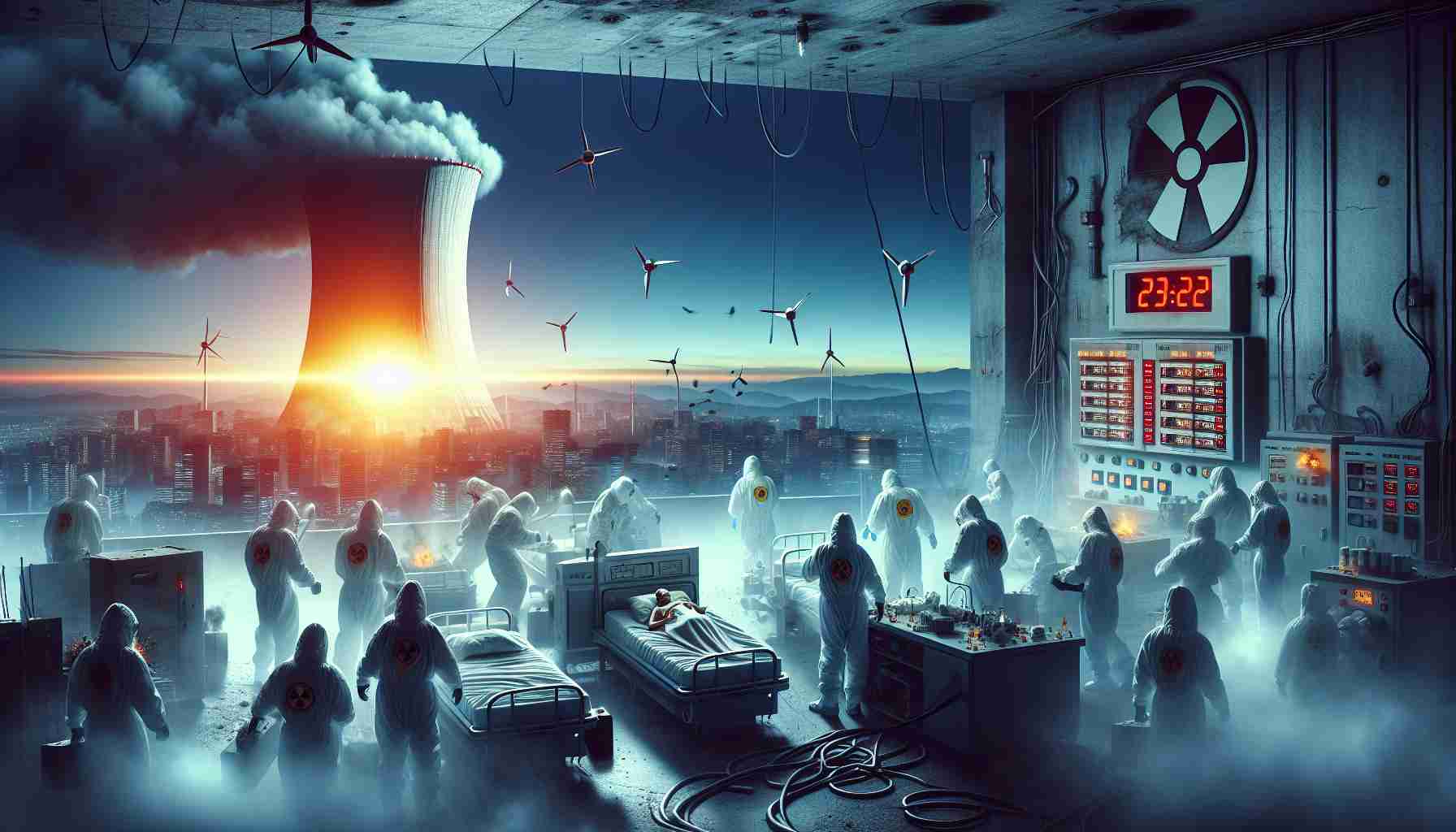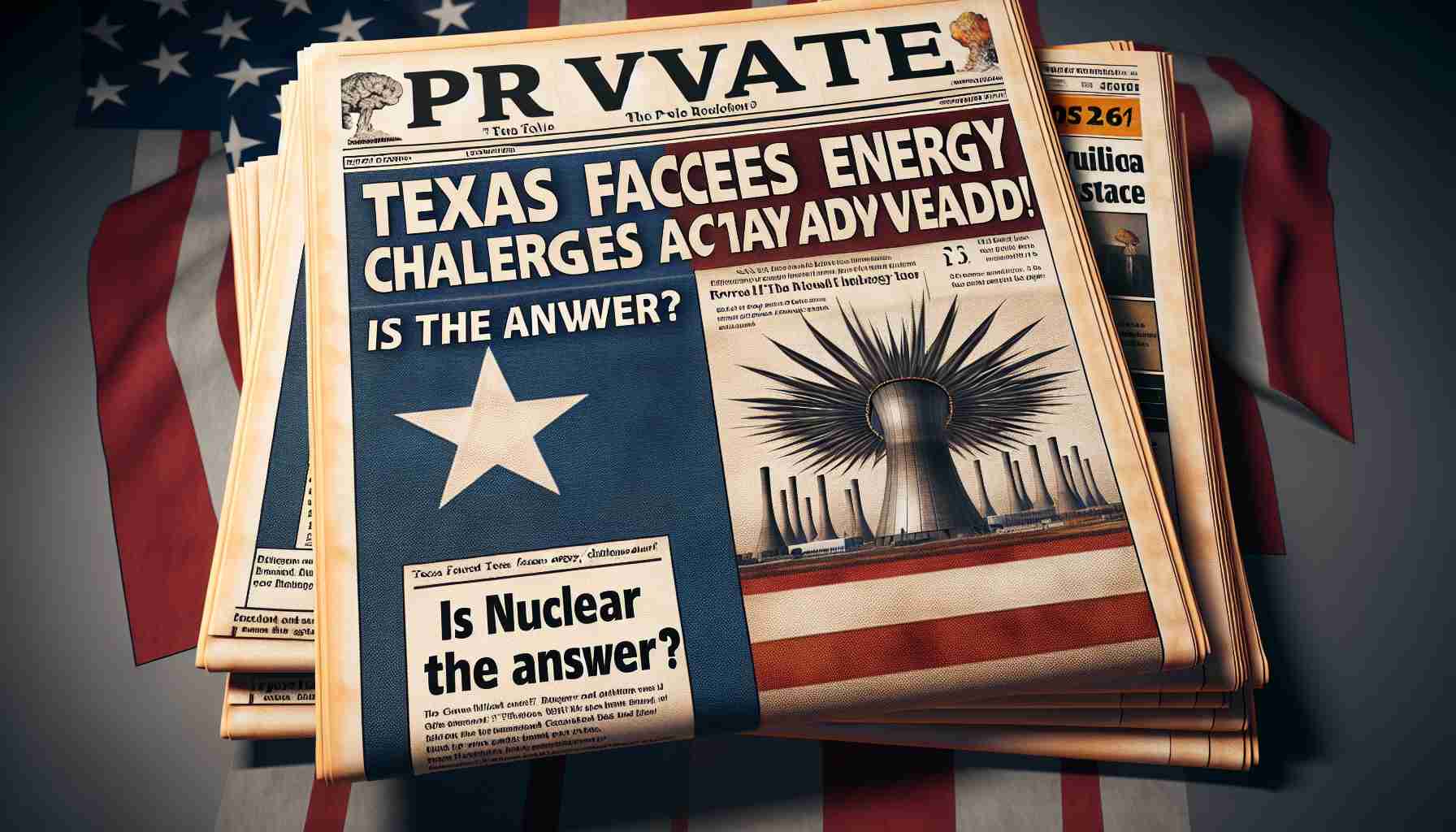In the heart of Southeast New Mexico, the Carlsbad community is eyeing an ambitious project that could potentially change the landscape of energy production in the United States. Local officials are exploring the possibility of hosting the country’s inaugural small modular nuclear reactor.
This innovative reactor design, smaller and more efficient than traditional nuclear power plants, promises to deliver clean energy with enhanced safety measures. Proponents believe that its implementation could provide a stable energy supply while reducing carbon emissions significantly. The discussions surrounding this project have sparked considerable excitement among residents and energy experts alike.
The push for this reactor aligns with national goals for sustainable energy sources. It’s anticipated that such facilities could become a cornerstone of future energy strategies, offering an alternative to fossil fuels.
Local leaders are actively engaged in the planning stages, collaborating with experts to assess feasibility, safety protocols, and environmental impacts. The initiative reflects a growing trend towards the adoption of advanced nuclear technologies. If successful, this pilot program could pave the way for similar projects across the nation, positioning New Mexico as a leader in innovative energy solutions.
As stakeholders continue to gather information and address concerns, the community remains hopeful that this endeavor could not only bolster the local economy but also contribute significantly to the transition to cleaner energy.
New Mexico’s Nuclear Future: A Controversial Leap into Small Modular Reactors
In an age where sustainable energy sources are becoming increasingly vital, the proposed small modular nuclear reactor (SMR) in Carlsbad, New Mexico, has emerged as a beacon of innovation. However, beyond the promise of clean energy, this initiative raises pertinent questions and controversies regarding its implications for the local community, economy, and environmental safety.
SMRs: A Game Changer but Not Without Challenges
While small modular reactors are celebrated for their compact design and safety features, they have not been without their critics. One significant concern revolves around waste management. Unlike traditional reactors, which can often be decommissioned and stripped down, the long-term storage of nuclear waste from SMRs poses a daunting challenge. How will local communities manage the nuclear waste produced? What strategies are in place to ensure that radioactive materials do not pose risks to public health?
Additionally, local residents have expressed anxiety about the potential for accidents. Despite advanced safety measures designed to mitigate risks, the specter of nuclear accidents, which has haunted the industry since Chernobyl and Fukushima, remains a widely-discussed issue. As communities contemplate the benefits of SMRs, the fear of disaster still lingers.
Economic Impact: Boon or Burden?
The anticipated development of the SMR facility is expected to create jobs and stimulate the local economy. Proponents argue that hundreds of jobs—ranging from construction to operational roles—could be generated during the facility’s development and subsequent operations. But will these jobs truly benefit the local workforce? Critics question whether the economic boost will be enough to offset potential downsides, such as disruptions caused by construction, changes in property values, and the long-term implications of living near a nuclear facility.
Moreover, there’s the issue of investment and financial assurances. With nuclear projects historically facing budget overruns and delays, how will funding be secured and allocated? Will taxpayers bear the financial burdens of construction delays or safety incidents?
Environmental Considerations
Environmentalists support the use of SMRs as they provide a low-carbon alternative to fossil fuels, helping to combat climate change. But a crucial consideration is the reactor’s overall environmental footprint. Critics caution that while SMRs may contribute to reducing greenhouse gas emissions, the mining and processing of uranium raise environmental and ethical concerns. How will the community ensure a sustainable approach to uranium sourcing, and what is being done to protect local ecosystems?
Questions and Answers
Q: What makes small modular reactors different from traditional nuclear power plants?
A: SMRs are designed to be smaller, scalable, and inherently safer due to their advanced features. They require less water for cooling and can be deployed in remote locations, making them a flexible power solution.
Q: Can small modular reactors really provide a reliable energy supply?
A: Yes, proponents argue that SMRs can operate continuously for long periods, contributing to a stable energy grid, especially as renewable sources like wind and solar fluctuate.
The Road Ahead
As the discussions around the Carlsbad SMR project continue, the community faces a delicate balance between embracing innovation and addressing valid concerns. Engaging local residents in the planning process and ensuring transparent communication will be crucial for the success of this initiative.
With New Mexico potentially at the forefront of the nuclear renaissance, the implications of this project could ripple far beyond state borders, influencing national conversations about nuclear energy’s role in carbon reduction strategies.
For more information about energy initiatives in the United States, visit energy.gov.
The source of the article is from the blog jomfruland.net


